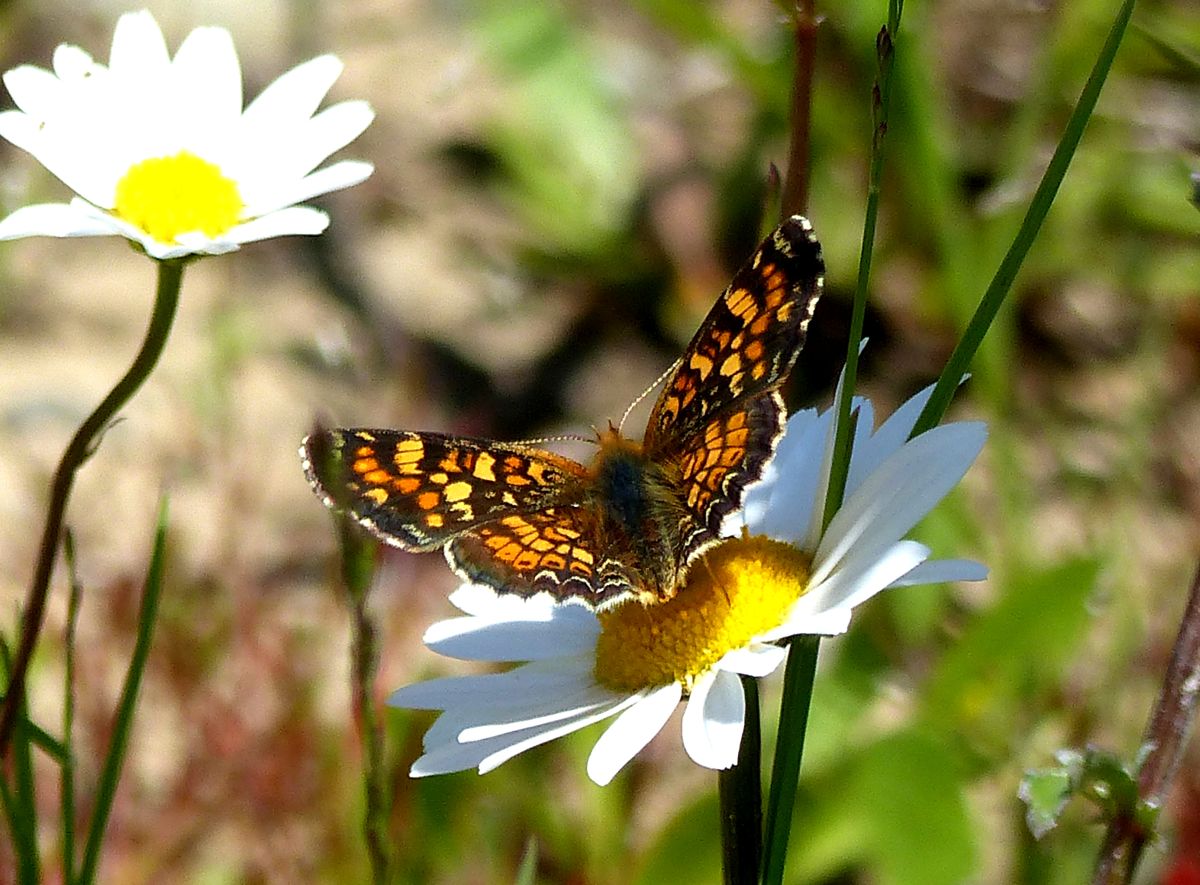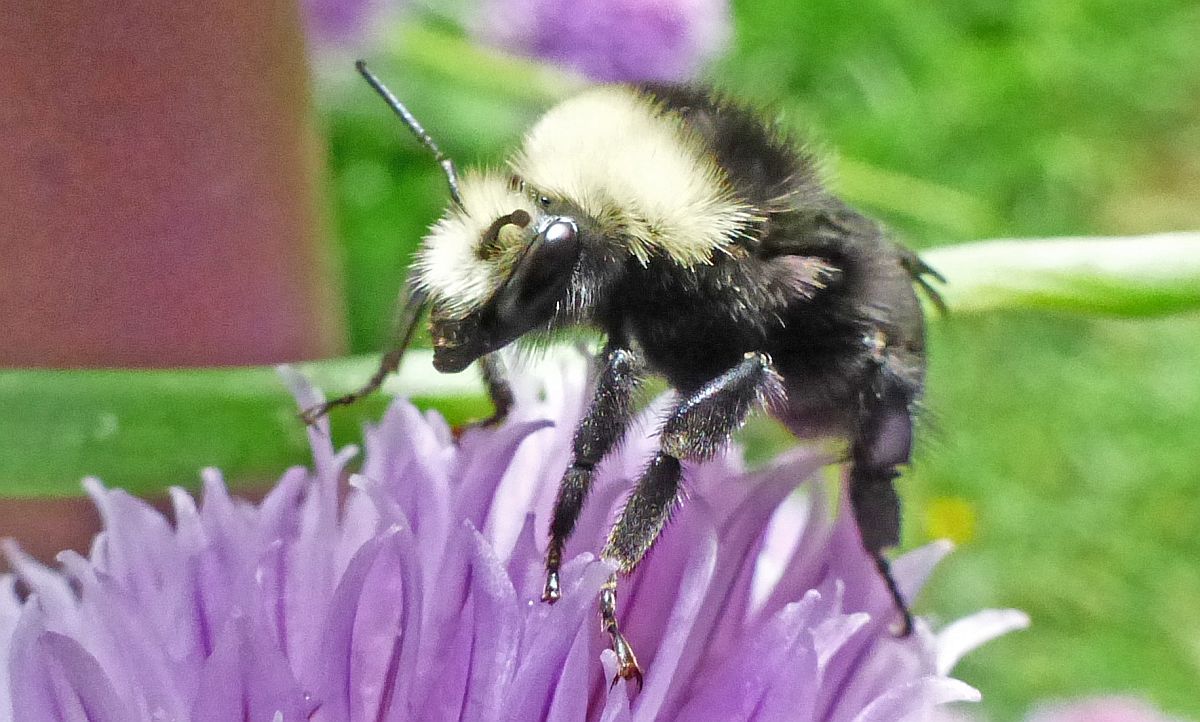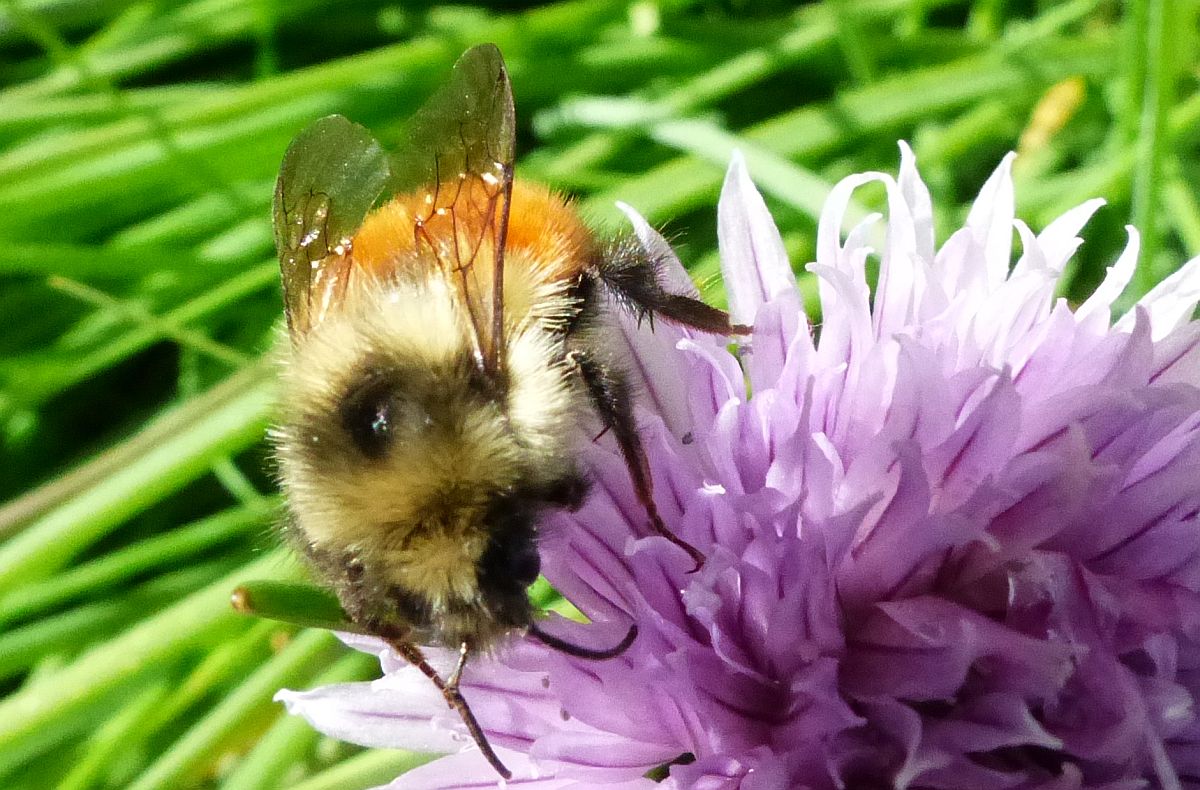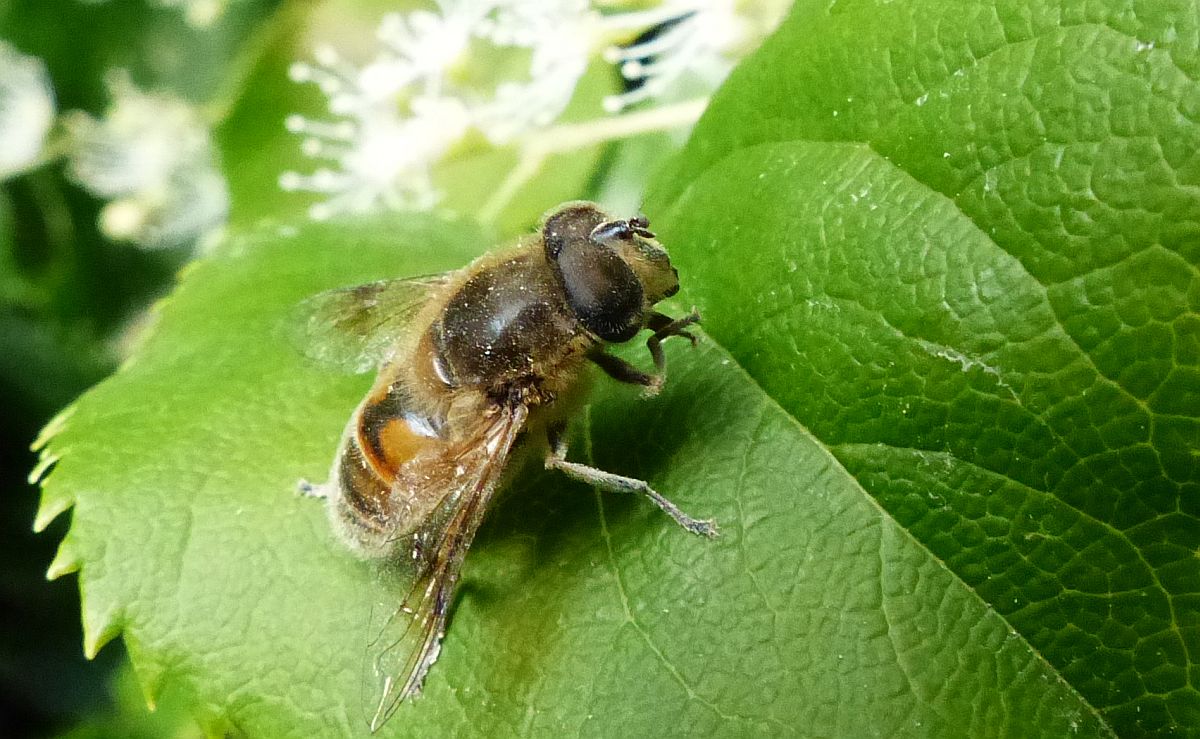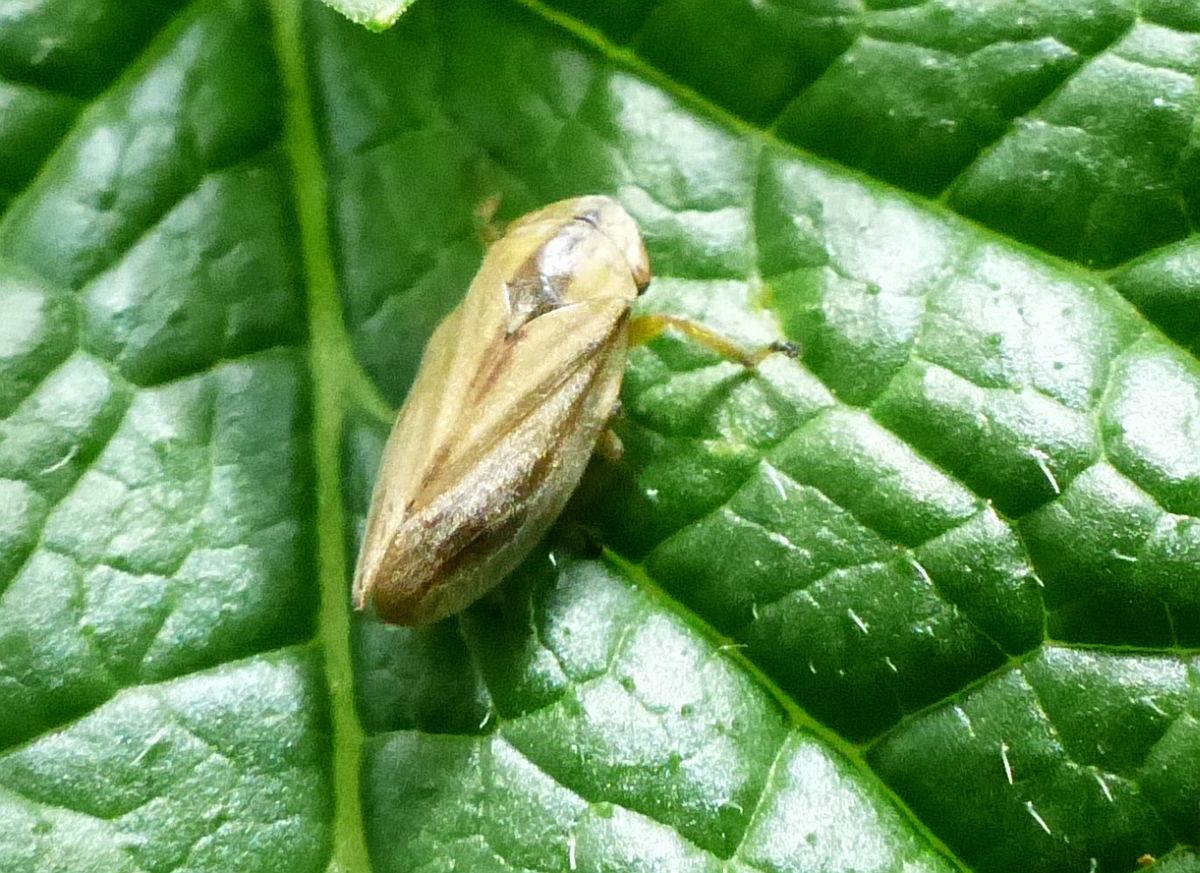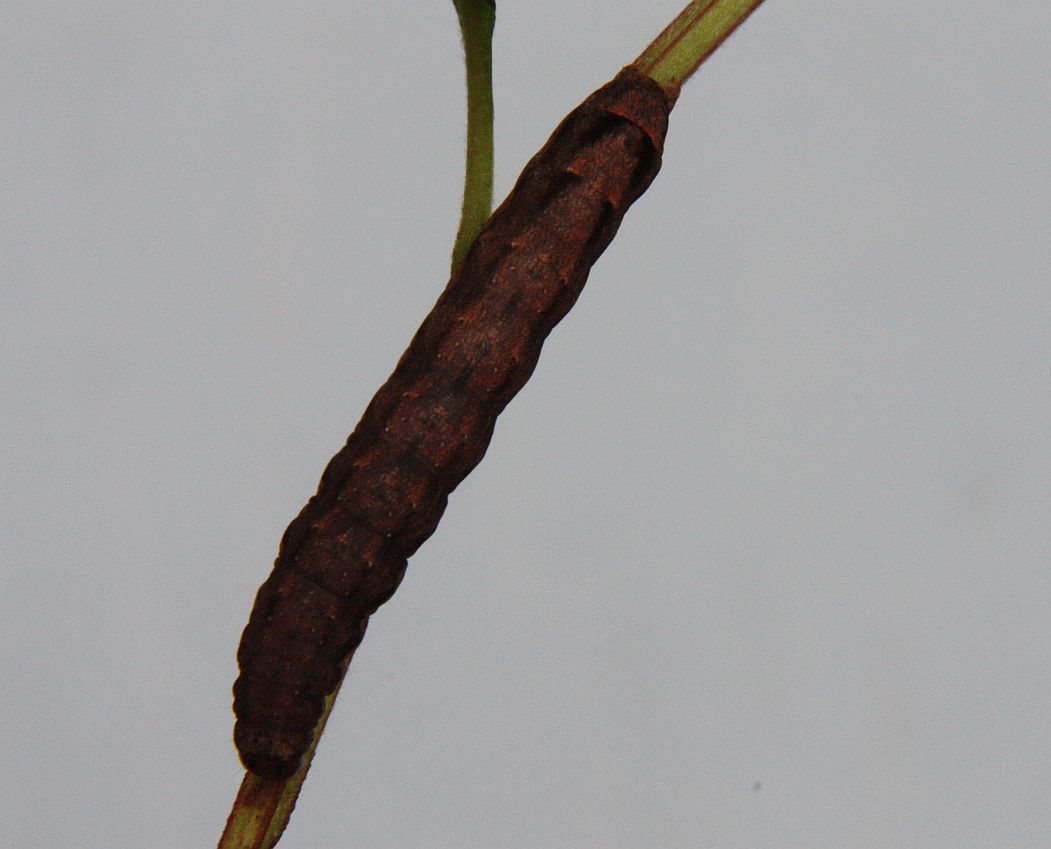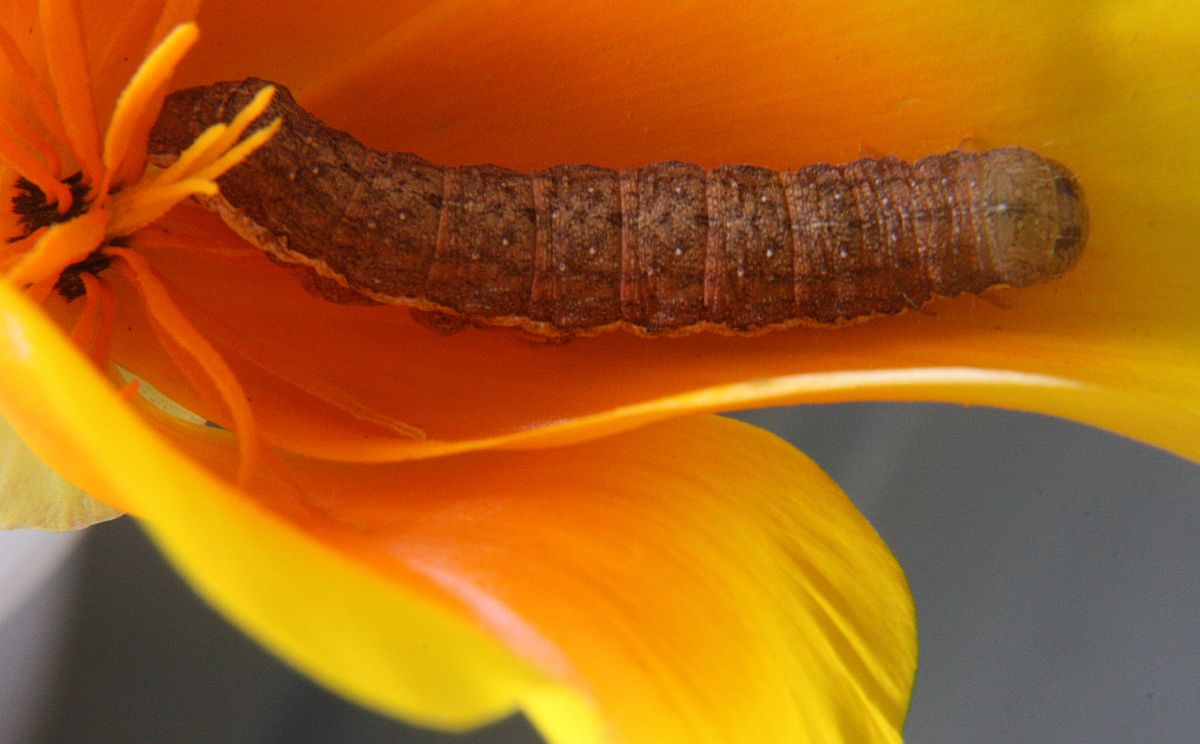2017 June 14
Rare Butterfly Alert! Monarch! See Devon Parker’s posting below.
Gordon Hart writes: On the weekend we travelled to Denman Island and searched unsuccessfully for the Edith (“Taylor’s”) Checkerspot Euphydryas editha taylori. We saw only a Western Pondhawk, Erythemis collocata, female, or young male. Elsewhere on the island there were many Pale and Western Tiger Swallowtails, an Anise Swallowtail and several Red Admirals. The photo attached is of one on some garden art.
We went up to Mount Washington and Paradise Meadows Monday, June 12, but saw only a Cabbage White amidst the drifts of melting snow and early spring flowers. On the way down, we saw several swallowtails at lower elevations, and a bluet identical to the one I sent in recently. I had not read the post at that point, so I did not focus on the tail appendages.
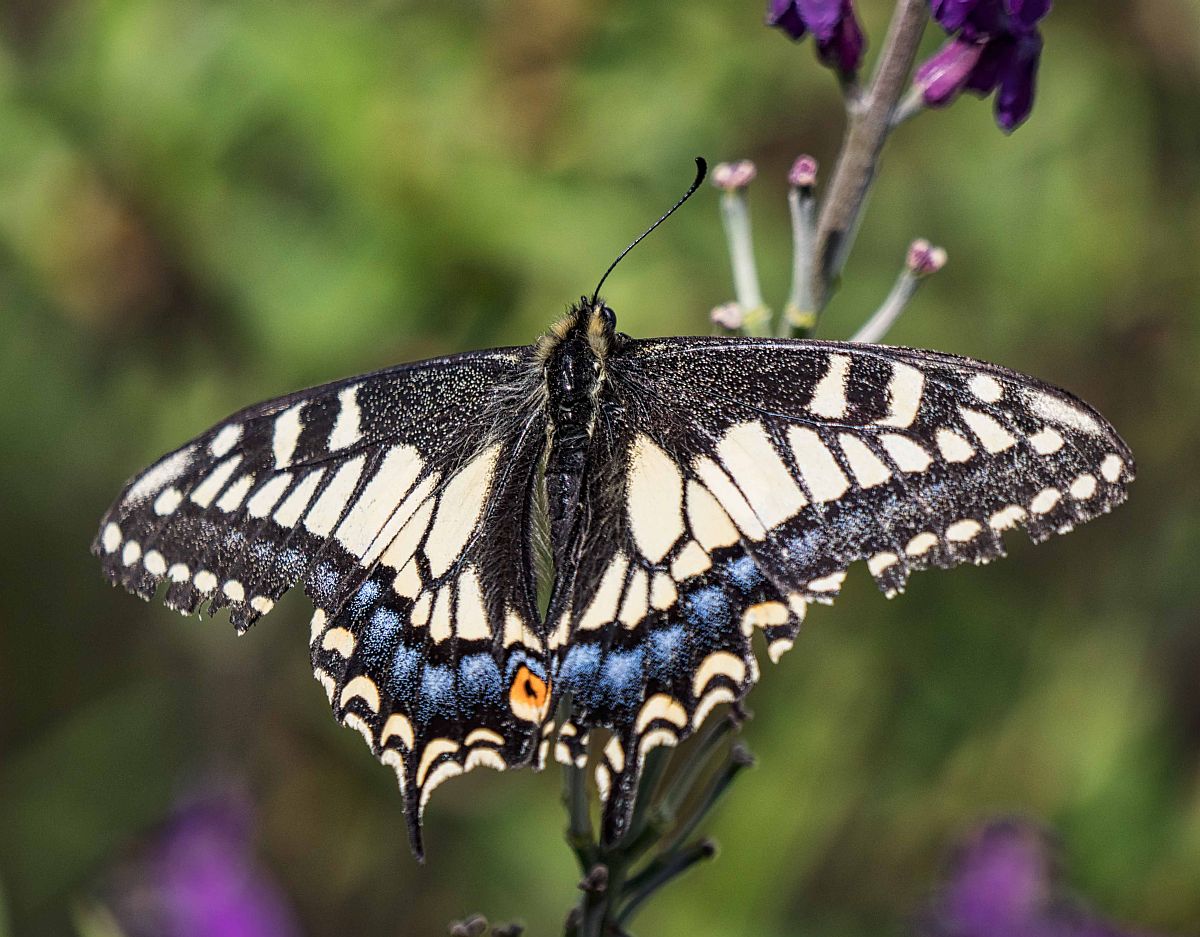
 Anise Swallowtail Papilio zelicaon (Lep.: Papilionidae) Gordon Hart
Anise Swallowtail Papilio zelicaon (Lep.: Papilionidae) Gordon Hart
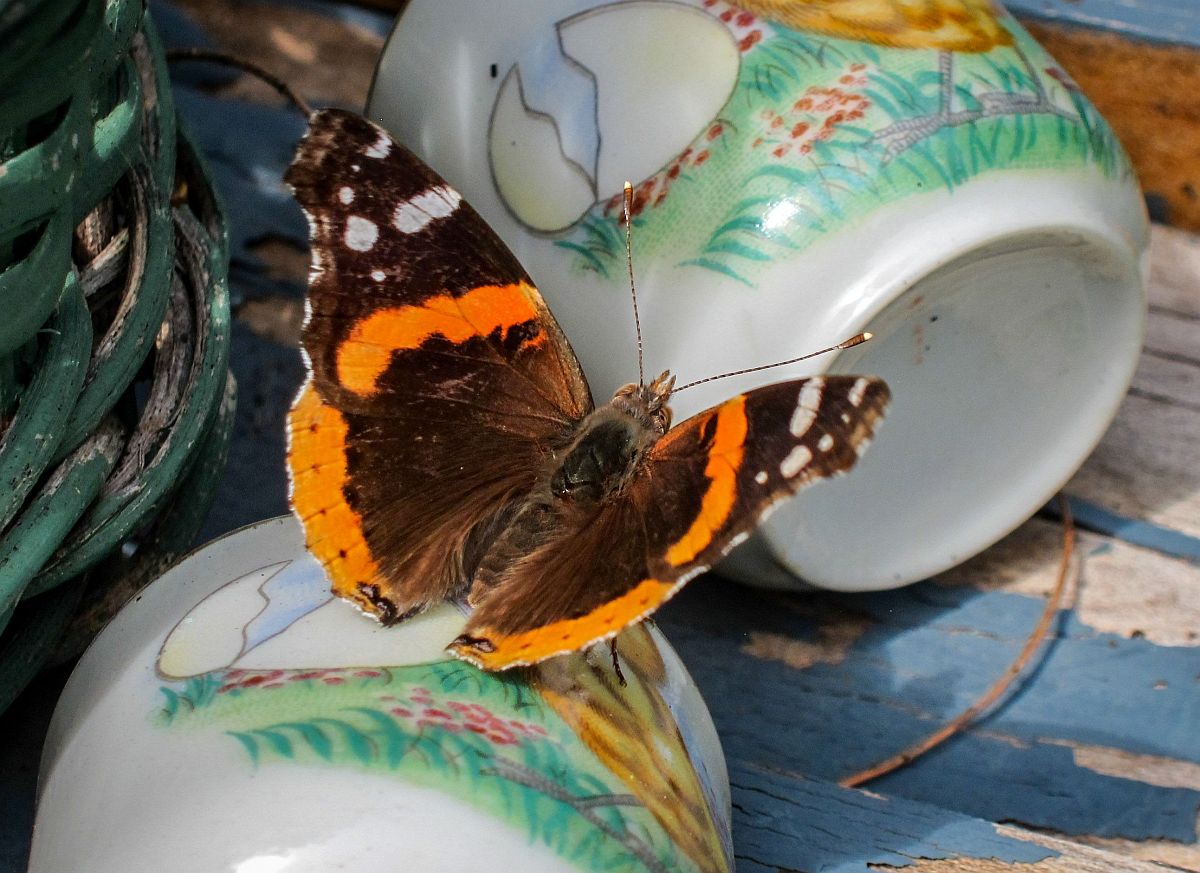
 Red Admiral Vanessa atalanta (Lep.: Nymphalidae) Gordon Hart
Red Admiral Vanessa atalanta (Lep.: Nymphalidae) Gordon Hart
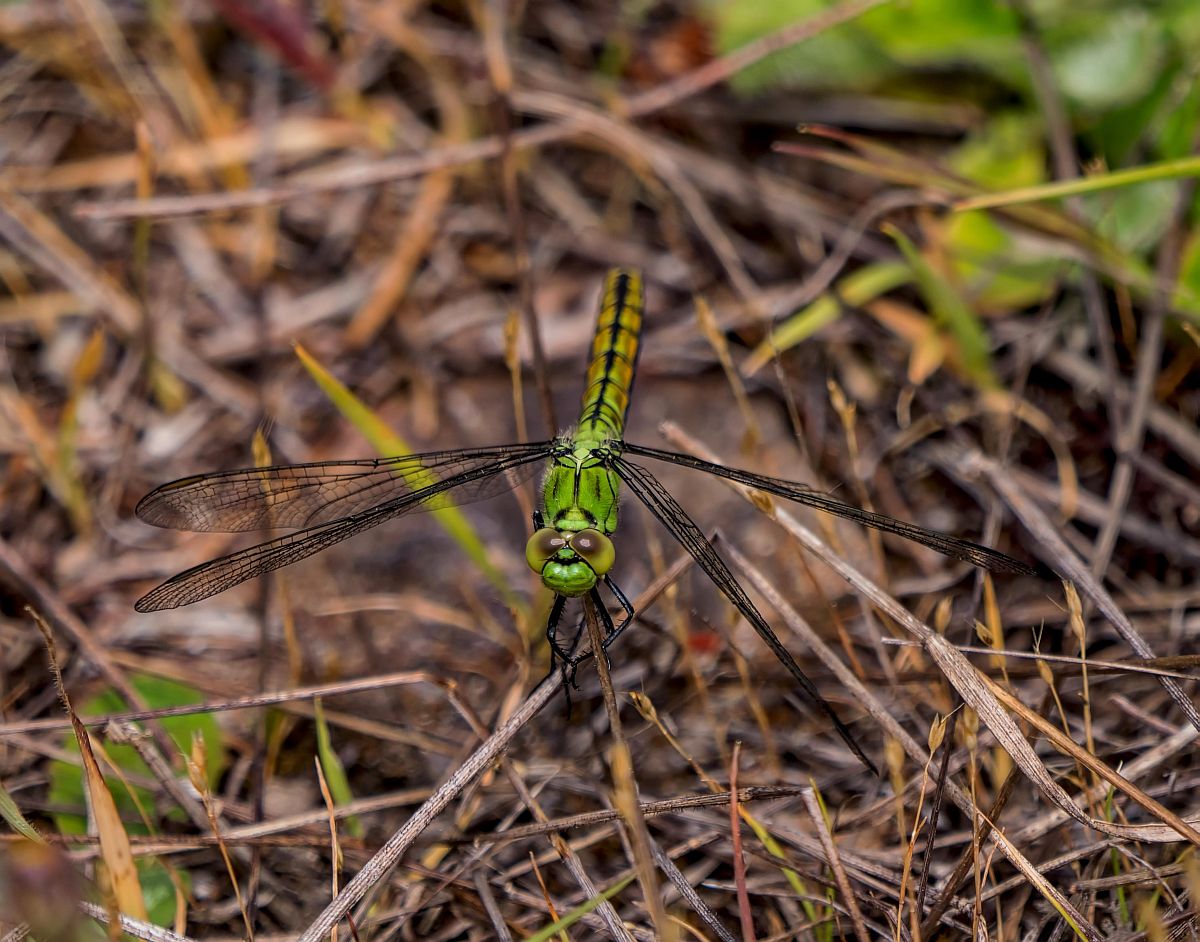
 Western Pondhawk Erythemis collocata (Odo.: Libellulidae) Gordon Hart
Western Pondhawk Erythemis collocata (Odo.: Libellulidae) Gordon Hart
Jeremy Tatum writes: In case anyone is wondering about the name I am using for the rare checkerspot. No one seems to know who Edith was, or if there ever was such a person, just as no one seems to know who the Sara of Anthocharis sara was, if anyone. Therefore I don’t call them “Edith’s” Checkerspot or “Sara’s” Orangetip, but just the Edith Checkerspot and the Sara Orangetip, just as we call Speyeria hydaspe the Hydaspe Fritillary. The Denman Island population of the Edith Checkerspot is regarded as a distinct subspecies, Euphydryas editha taylori, named after an identifiable Rev. Taylor, so it is indeed “Taylor’s”. Consistent with way subspecies names are used in ornithology, the checkerspot of Denman Island would be the Edith (“Taylor’s”) Checkerspot Euphydryas editha taylori.
And talking of dragonflies, Jeremy continues, while looking for the Margined White butterfly at Cowichan Station on June 12, I saw several Common Whitetails Plathemis lydia there.
Devon Parker writes: On June 5 I had a Painted Lady at Royal Bay.
On June 11 I had a very worn Cedar Hairstreak near Royal Bay Secondary School.
On June 12 I had 20 Field Crescents at Eddy’s Storage. Apparently someone has found another population behind Zanzibar Restaurant on Stelly’s Cross Road. [Indeed someone has! See Ron Flower’s June 13 posting.]
Also on June 12 I had my first Monarch at the McTavish Interchange. [Jeremy says: Wow!!!!! For the record, Monarchs are exceedingly rare here, although often wrongly reported. In case some viewers, today or in the future, are inclined to doubt, it should be clarified here that the observer is a highly-skilled observer (who re-discovered the Johnson’s Hairstreak on Vancouver Island) and the sighting is firm. Provenance of Monarchs, however, is always a problem, since they are available commercially for release at weddings, etc., although there is no reason why this long-distance migrant should not occasionally make its own way here.]
On June 13 I had 15 Large Heaths at Island View Beach. [Jeremy Tatum says thank you! Others call them “Ringlets” – but Devon knows my eccentricities!] I attach an interesting aberration of a grey specimen from there. I also got 7 Purplish Coppers (2 females and 5 males) around the Black Knotweed. [A lifer for you, Devon?]
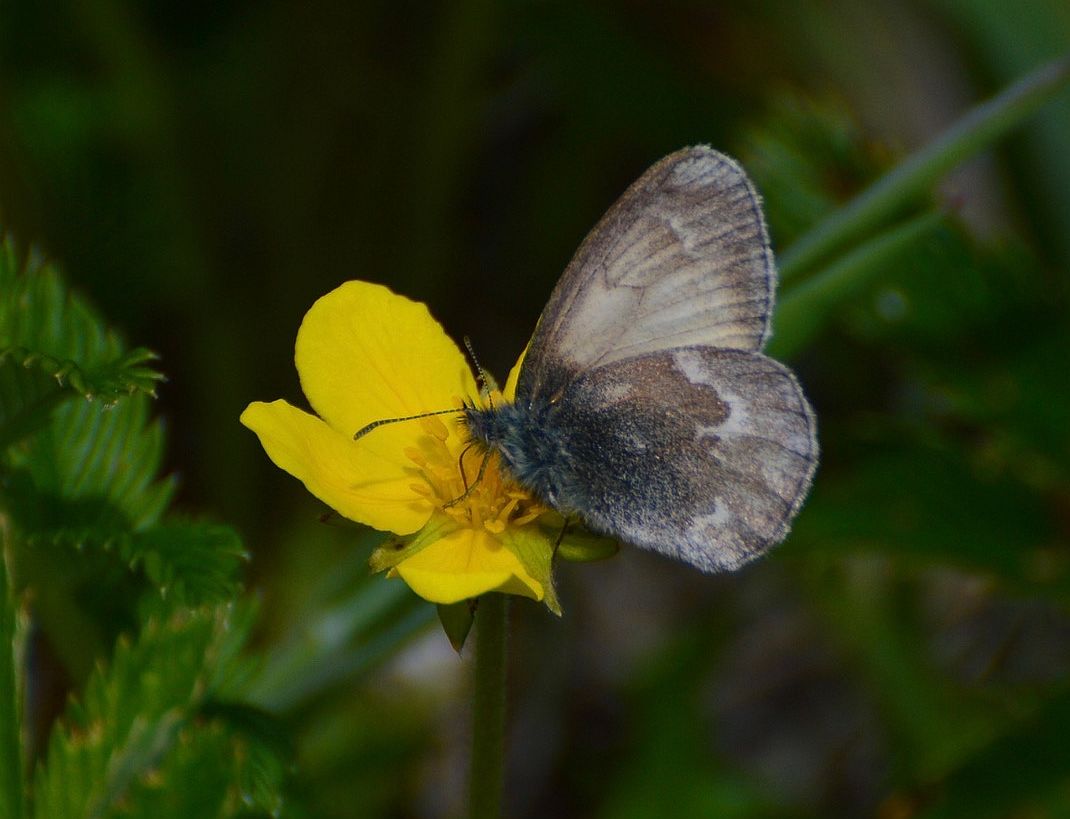
 Grey variety of Large Heath (“Ringlet”) Coenonympha tullia
Grey variety of Large Heath (“Ringlet”) Coenonympha tullia(Lep.: Nymphalidae – Satyrinae)
Devon Parker
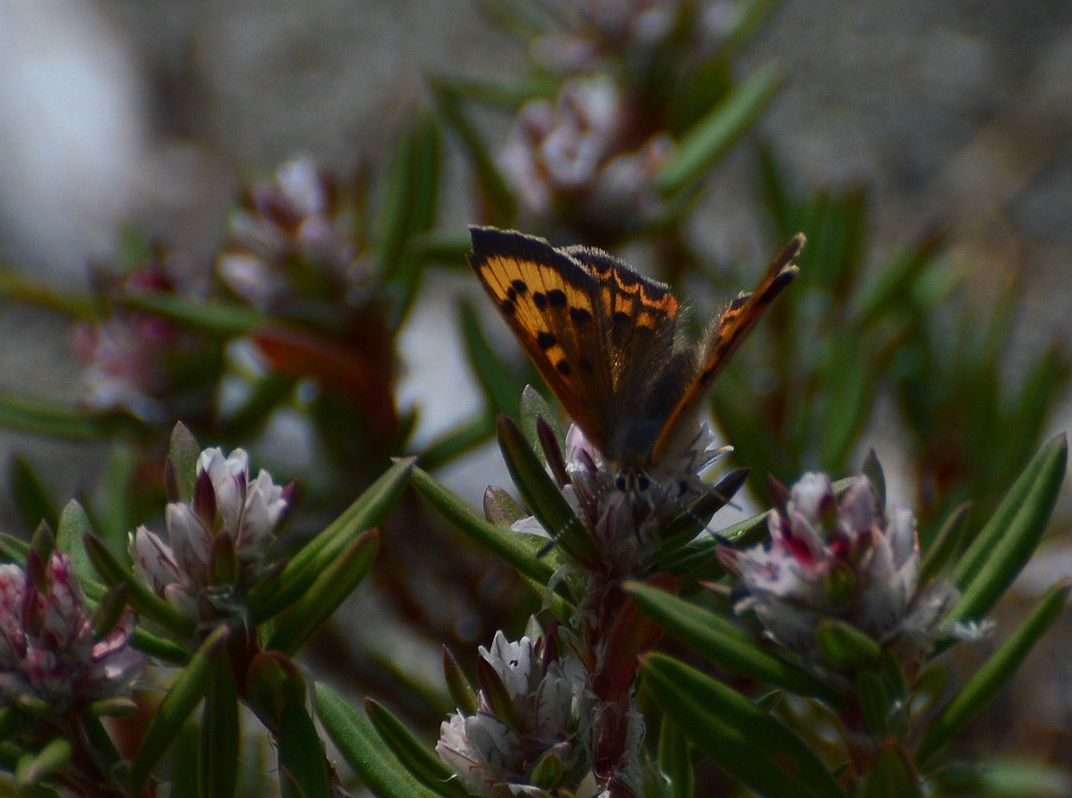
 Female Purplish Copper Lycaena helloides (Lep.: Lycaenidae) Devon Parker
Female Purplish Copper Lycaena helloides (Lep.: Lycaenidae) Devon Parker
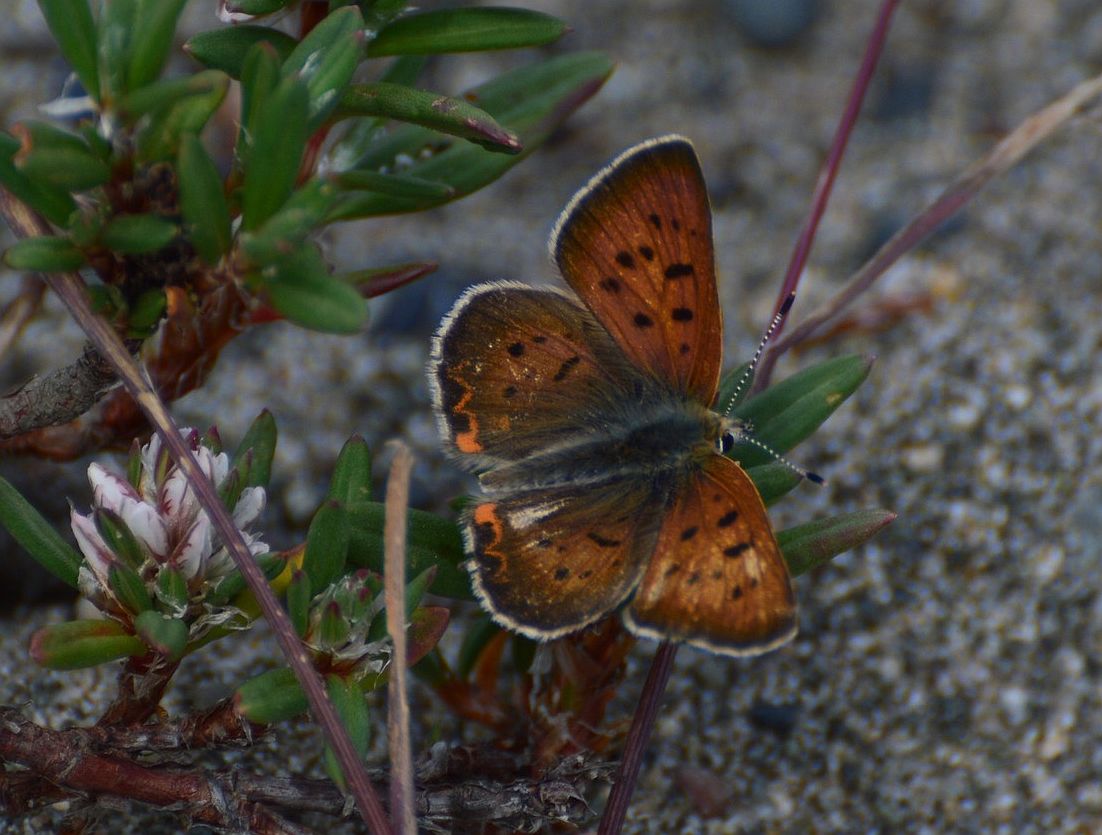
 Male Purplish Copper Lycaena helloides (Lep.: Lycaenidae) Devon Parker
Male Purplish Copper Lycaena helloides (Lep.: Lycaenidae) Devon Parker
Jeremy Tatum writes: I believe the Field Crescent below is a female.
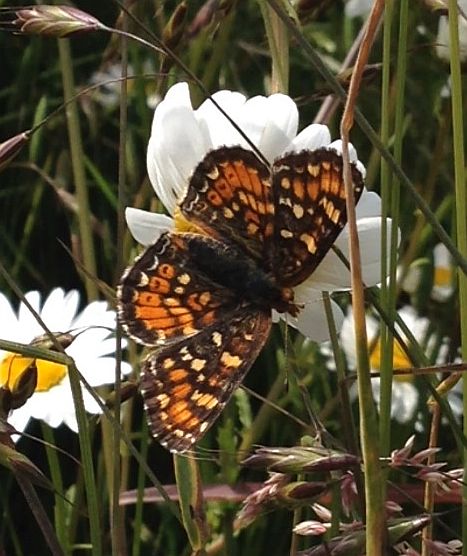
 Field Crescent Phyciodes pratensis (Lep.: Nymphalidae) Devon Parker
Field Crescent Phyciodes pratensis (Lep.: Nymphalidae) Devon Parker
Jeremy Tatum writes: Many more to come – but they must wait!

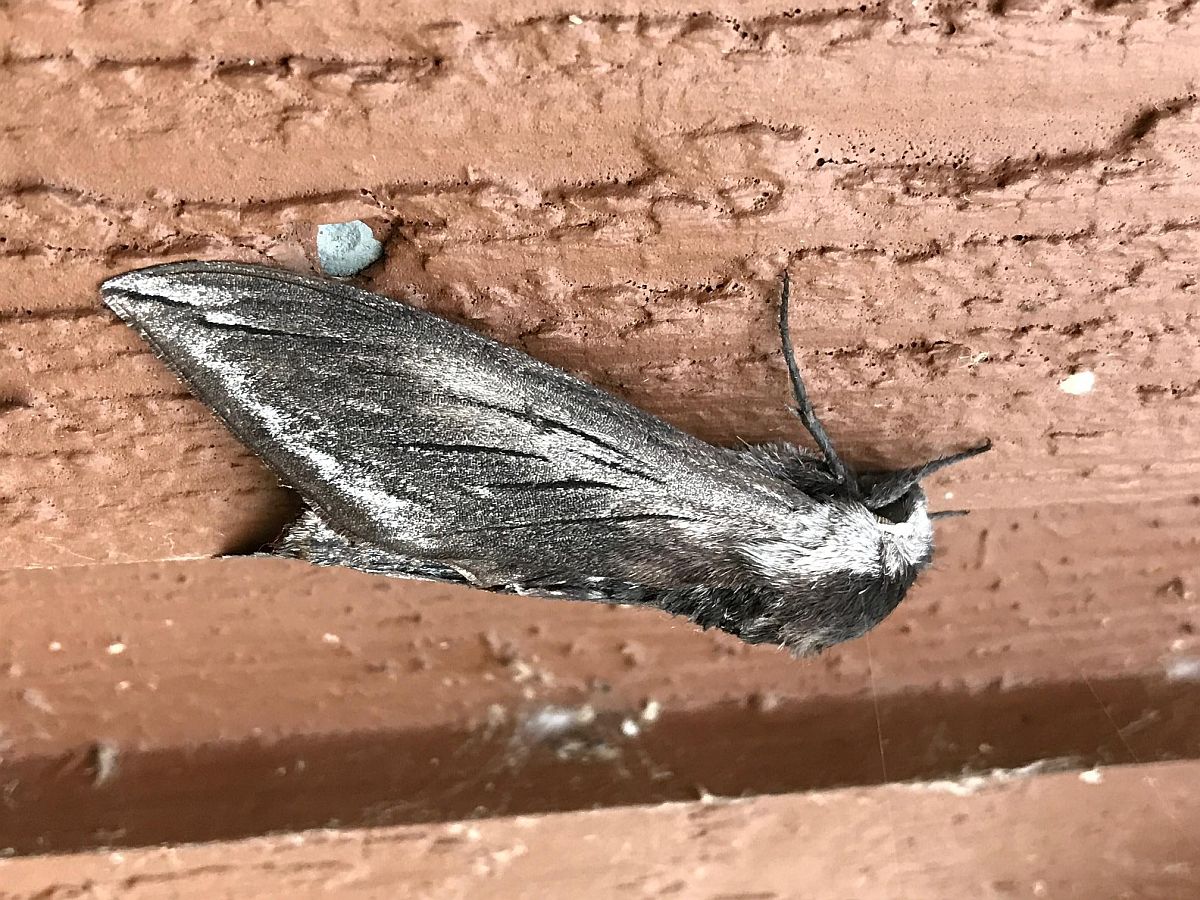
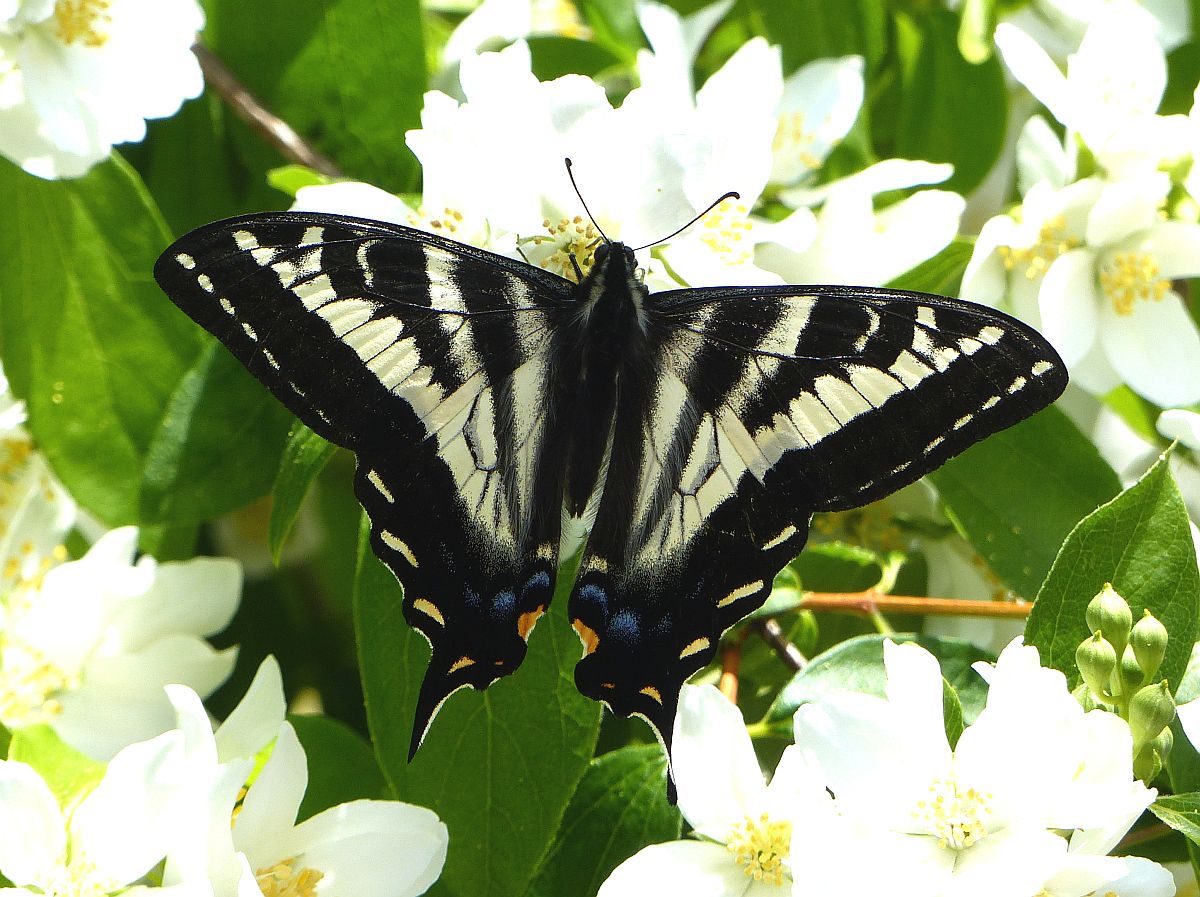
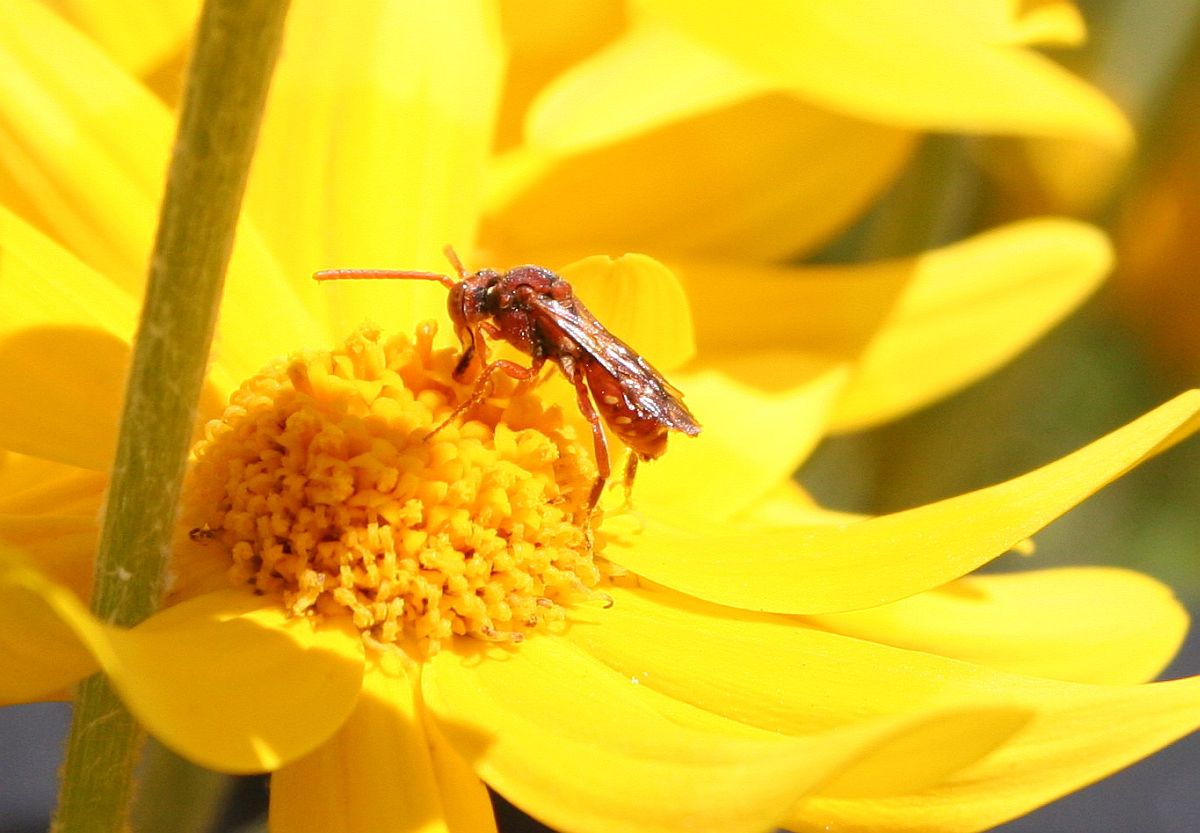
 in the maculation.
in the maculation.